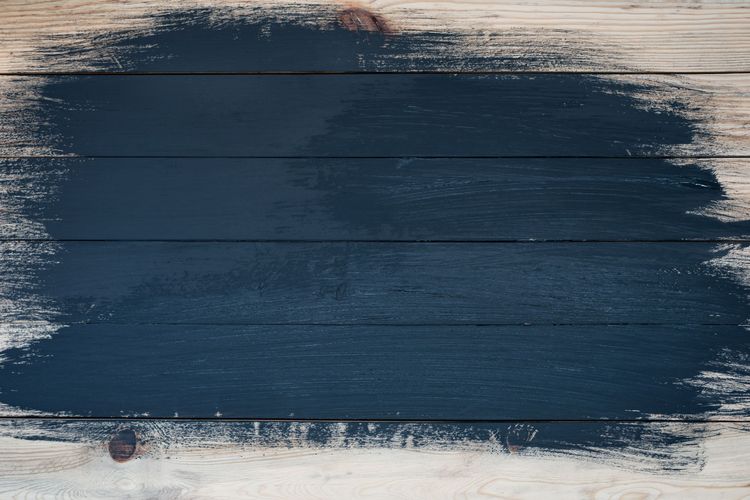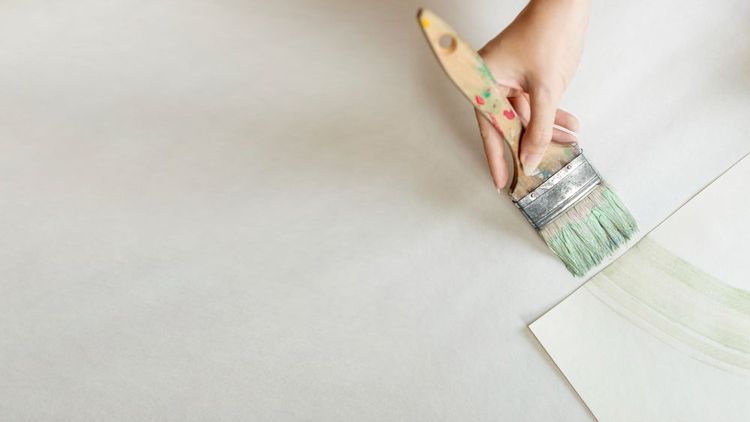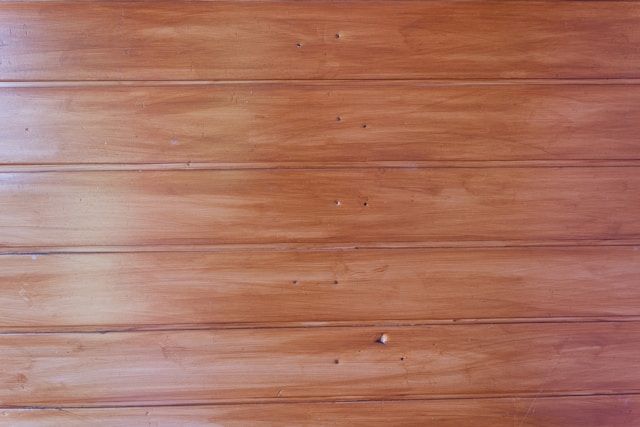Can Wooden Flooring Be Installed in Kitchens and Bathrooms?

Wood flooring has long been admired for its natural warmth and timeless elegance, but its use in kitchens and bathrooms has traditionally been discouraged due to moisture concerns. However, modern advancements in materials and protective treatments have made wood flooring a viable option for these challenging spaces. This guide examines the feasibility, best practices, and alternatives for using wood flooring in moisture-prone areas of your home.
Understanding the Risks
Before considering wood flooring for kitchens and bathrooms, it's crucial to understand the specific challenges these environments present:
- Constant Moisture Exposure: Kitchens face frequent spills, steam from cooking, and potential leaks from appliances. Bathrooms deal with high humidity from showers and baths, along with water splashes from sinks.
- Temperature Fluctuations: The rapid changes between hot showers and cooler air in bathrooms can stress natural wood materials.
- Heavy Foot Traffic: Kitchens typically experience significant daily use, increasing wear and potential damage to flooring.
- Chemical Exposure: Cleaning products and personal care items may contain ingredients that can damage wood finishes.
Suitable Wood Flooring Options
Several wood flooring solutions have been developed to withstand these challenging conditions.
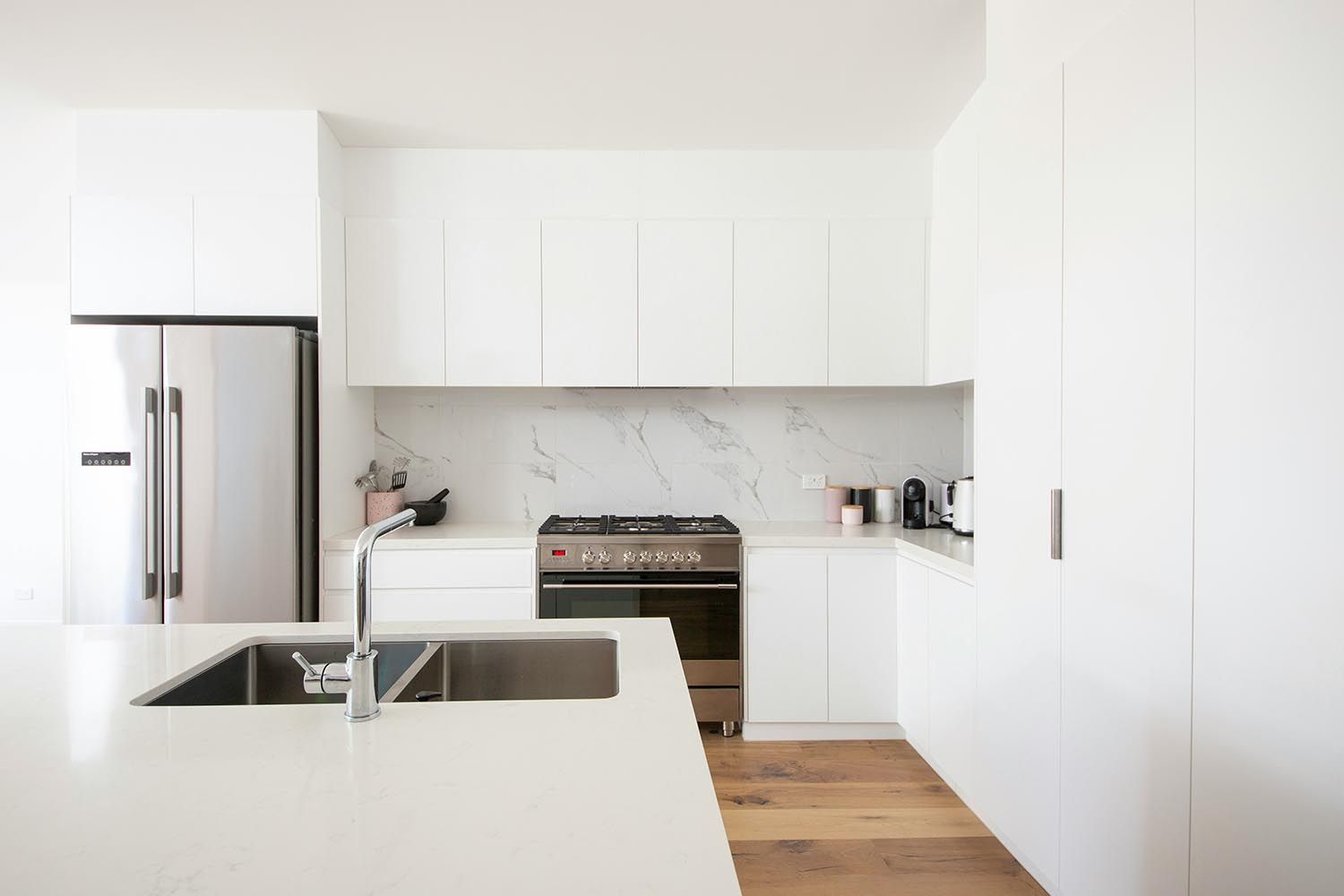
Engineered Wood Flooring
Engineered wood represents the most practical wood flooring option for kitchens and bathrooms. Its layered construction provides several advantages:
- Cross-layered plywood or HDF core provides dimensional stability
- Real wood veneer offers authentic appearance
- Greater resistance to warping from humidity compared to solid wood
- Can be refinished depending on veneer thickness (typically 2-4mm)
For best performance in wet areas:
- Choose products with water-resistant adhesives in their construction
- Opt for factory-applied, moisture-resistant finishes
- Consider lacquered or oiled surfaces for easier maintenance
Waterproof Alternatives for Wet Areas
When maximum moisture resistance is essential, homeowners have several excellent alternatives to traditional wood flooring that still provide the desired aesthetic appeal.
Luxury Vinyl Plank (LVP) has emerged as a leading choice for wet areas due to its completely waterproof core material. Modern manufacturing techniques have created remarkably realistic wood-look designs complete with authentic textures that closely mimic real wood. Beyond its visual appeal, LVP offers practical advantages - it's noticeably softer underfoot than traditional hardwood, making it more comfortable for extended standing, and its highly scratch-resistant surface stands up well to daily wear and tear.
Porcelain wood-look tile presents another outstanding waterproof option with its 100% waterproof ceramic construction. These tiles boast an extremely durable surface that resists stains, scratches, and moisture penetration. While the material feels cool to the touch, this can be mitigated by installing radiant heating systems beneath the flooring. Manufacturers now offer a wide range of wood-grain patterns and colors that beautifully replicate various wood species, providing design flexibility.
Specialty Wood Options for Moisture Resistance
For those committed to using real wood products, several specially treated options offer improved performance in wet environments. Thermally modified wood undergoes a heat treatment process that fundamentally changes its cellular structure, significantly reducing moisture absorption while increasing dimensional stability. However, even this enhanced wood requires proper sealing when used in wet areas to maintain its protective qualities.
Strand-woven bamboo represents another innovative solution, with its higher density making it naturally more water-resistant than traditional hardwoods. This engineered bamboo product combines exceptional hardness with improved moisture tolerance, though like all wood products, it must be properly sealed for wet applications to ensure long-term performance.
Essential Installation Considerations
Proper installation techniques form the foundation for successful wood flooring in moisture-prone areas. The process begins with thorough subfloor preparation, where ensuring complete dryness and levelness before installation is absolutely critical. Effective moisture barriers such as epoxy sealants or plastic sheeting should be installed, and in some cases, waterproof underlayment systems may be worth considering for added protection.
When it comes to installation methods, glue-down application provides superior stability in humid environments by creating a direct bond between flooring and subfloor. Floating floor systems can work well but demand precise locking mechanisms and high-quality moisture-resistant underlayment to perform adequately. Traditional nail-down methods should generally be avoided in these moisture-prone spaces.
Attention to expansion provisions completes the proper installation approach. Maintaining appropriate expansion gaps (typically 1/4 inch) around the perimeter allows for natural movement, while moisture-resistant silicone caulk provides an effective way to finish these gaps aesthetically. Strategic use of transition moldings at doorways can further enhance both the appearance and functionality of the installation.
Ongoing Maintenance Requirements
Preserving wood floors in kitchens and bathrooms requires a consistent, thoughtful maintenance regimen. Daily and weekly care should focus on promptly wiping up all spills and standing water to prevent moisture penetration. Placing soft, absorbent mats in high-splash zones like in front of sinks and showers helps protect vulnerable areas, while regular sweeping or dry mopping removes abrasive particles that could scratch the surface over time.
Periodic care involves more intensive maintenance tasks. Protective sealants typically need reapplication every 1-2 years depending on usage, and homeowners should strictly use only recommended wood cleaning products to avoid damaging the finish. Modern cleaning tools like steam mops should be avoided, as should any cleaning methods that involve excessive water, which could compromise the flooring's integrity.
Environmental controls play a crucial role in long-term maintenance. Maintaining proper ventilation through the use of exhaust fans helps regulate moisture levels, while dehumidifiers become particularly valuable in humid climates. Monitoring and maintaining humidity levels within the ideal 30-50% range helps preserve both the flooring and the overall indoor air quality.
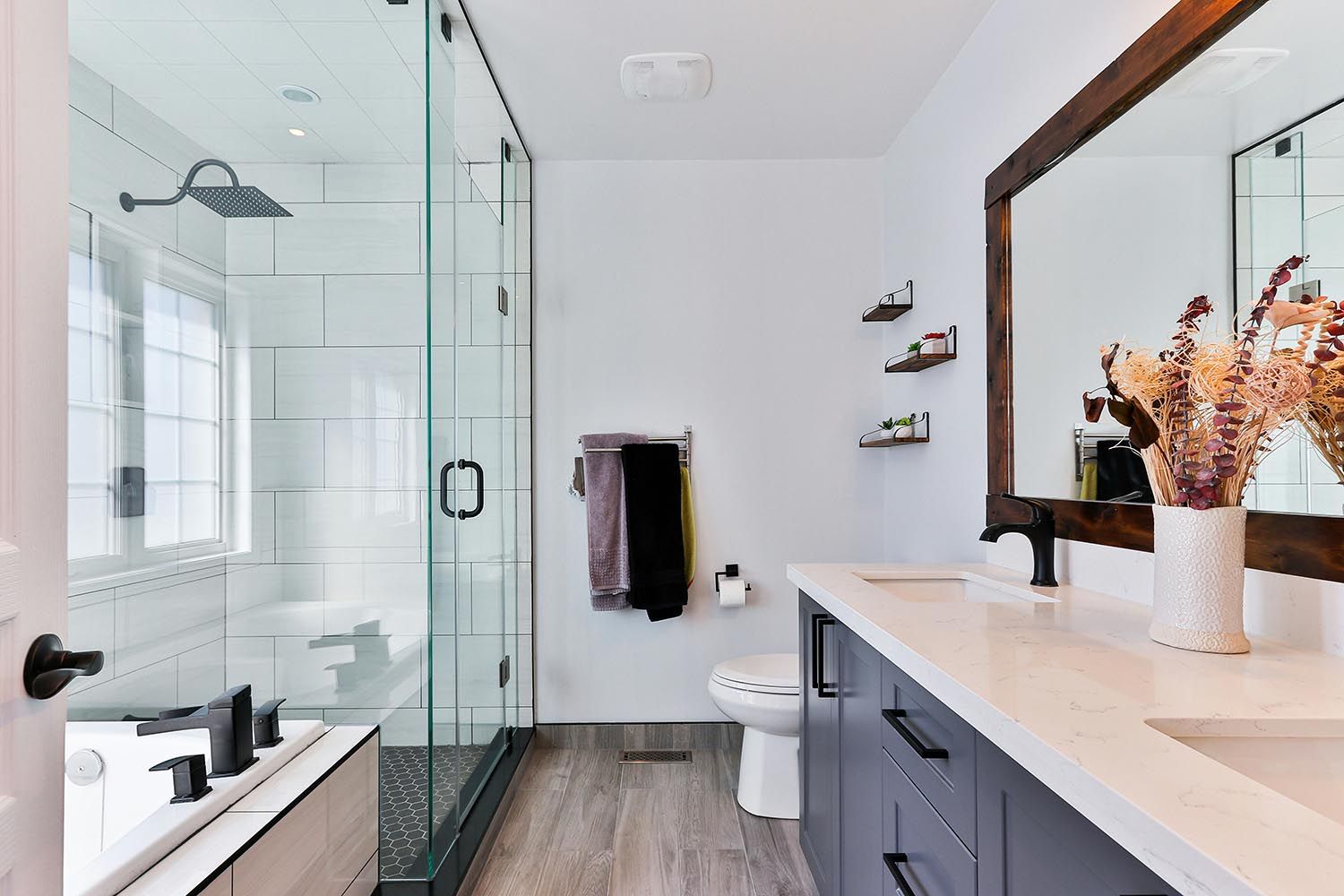
When to Consider Alternatives
While wood can work in many kitchen and bathroom applications, alternative materials may be preferable in certain situations:
- Homes with young children or frequent water accidents
- Basement bathrooms with higher moisture levels
- Rental properties where maintenance may be inconsistent
- Extremely humid climates without climate control In these cases, ceramic tile, luxury vinyl, or properly sealed concrete may offer more practical solutions while still providing attractive aesthetics.
Making the Right Choice
When evaluating wood flooring for your kitchen or bathroom, consider these key factors:
- Your Household's Lifestyle: Frequency of water use, cleaning habits, and potential for accidents
- Room Specifics: Size, ventilation, and exposure to moisture sources
- Budget: Initial cost versus long-term maintenance requirements
- Aesthetic Goals: Desired look and willingness to accept natural aging of wood
Professional Recommendations
Flooring experts typically advise:
- Always choose the most water-resistant wood option within your budget
- Invest in professional installation for critical moisture-prone areas
- Consider starting with a wood-look alternative in the highest-risk zones
- Request moisture testing of your subfloor before installation
Conclusion: Balancing Beauty and Practicality
Modern wood flooring options have made it possible to enjoy natural wood's warmth and beauty in kitchens and bathrooms, provided you select appropriate materials and commit to proper maintenance. Engineered wood flooring, when properly installed and cared for, can perform well in these challenging environments. For situations demanding maximum water resistance, high-quality wood-look alternatives provide practical solutions without sacrificing aesthetic appeal.
Ultimately, the decision to use wood flooring in wet areas depends on your specific circumstances, priorities, and willingness to maintain the flooring properly. By understanding the options and requirements, you can make an informed choice that brings lasting satisfaction to your home's most functional spaces.

